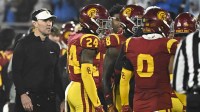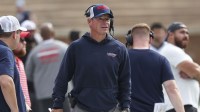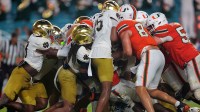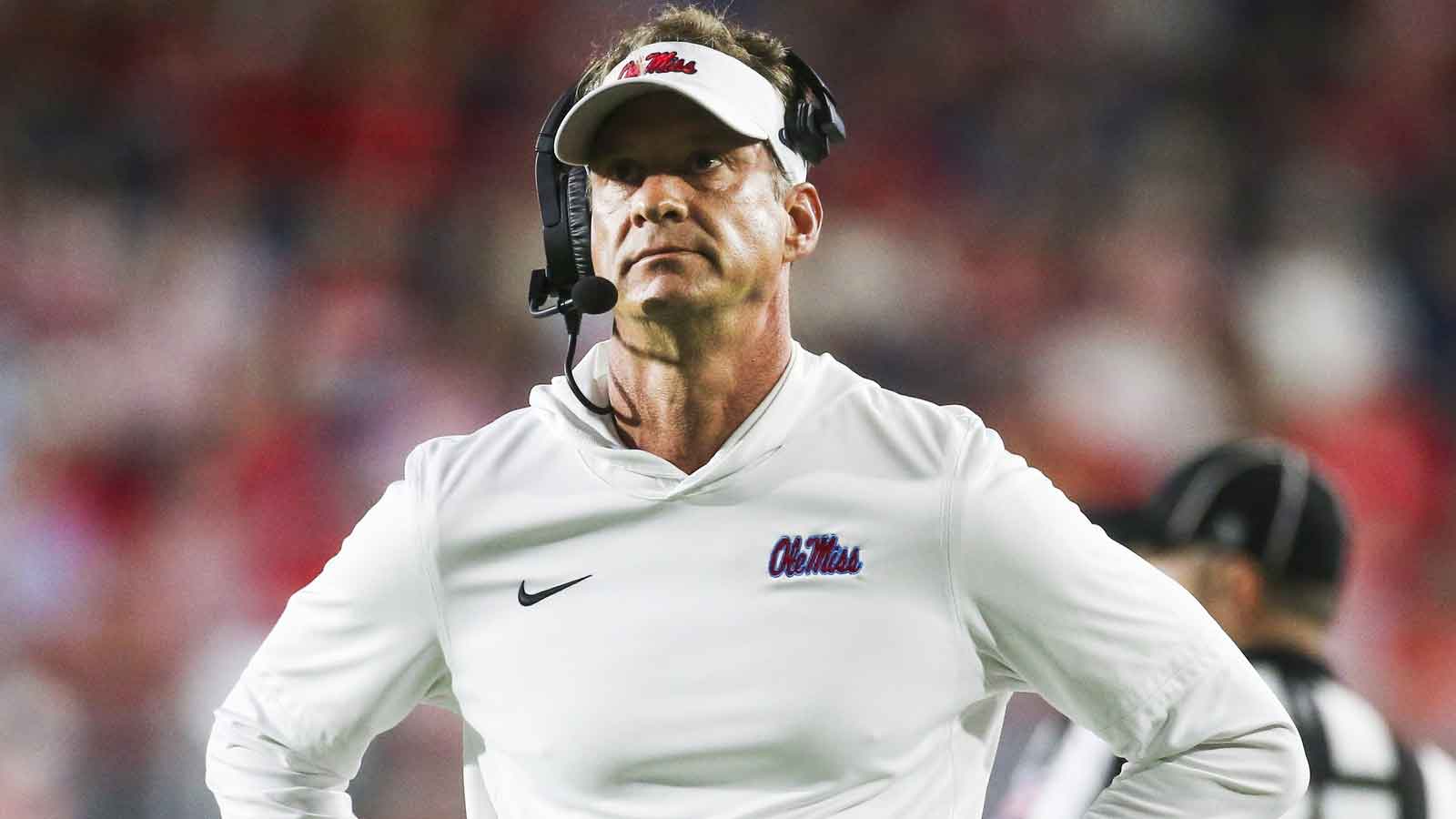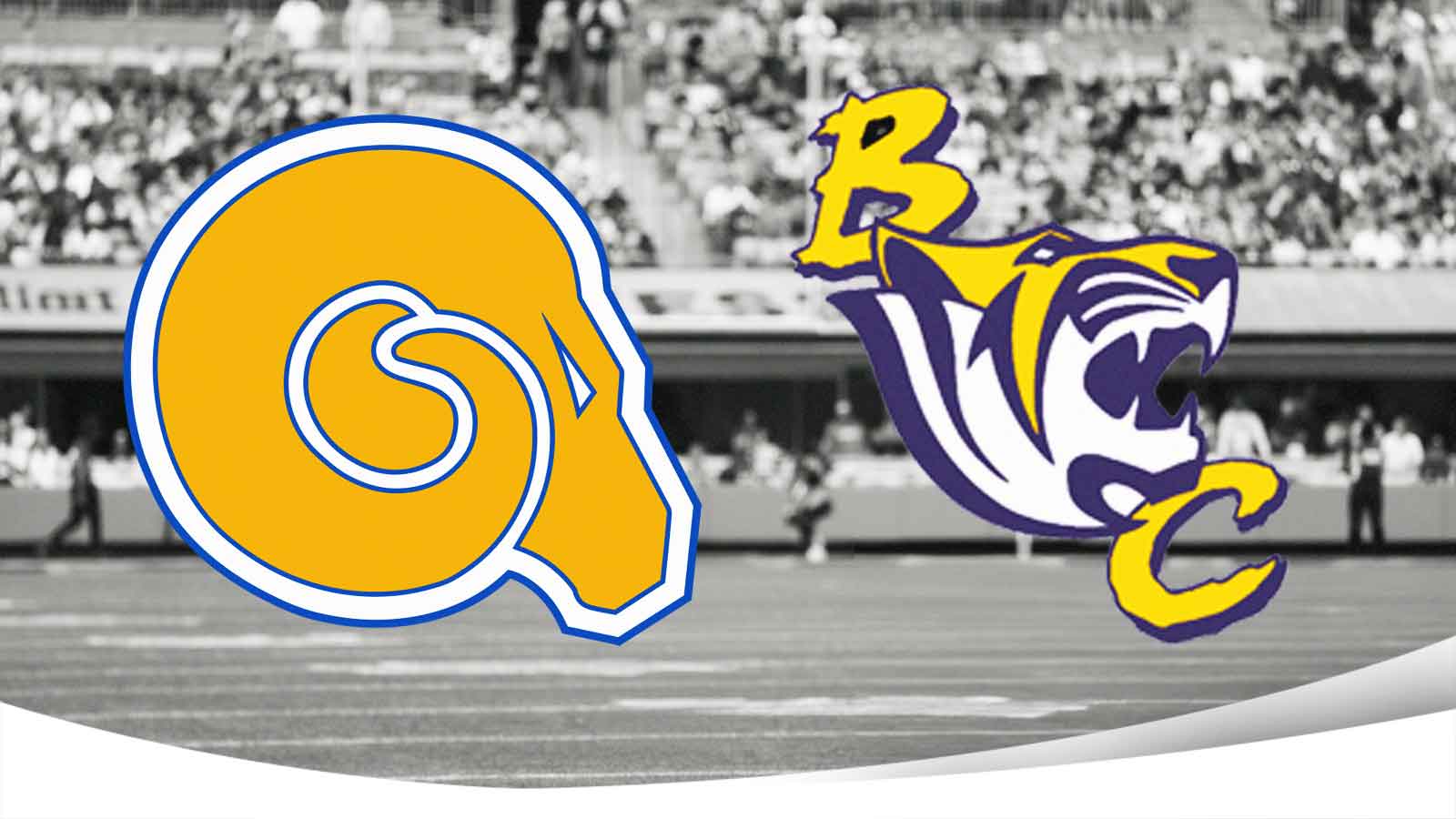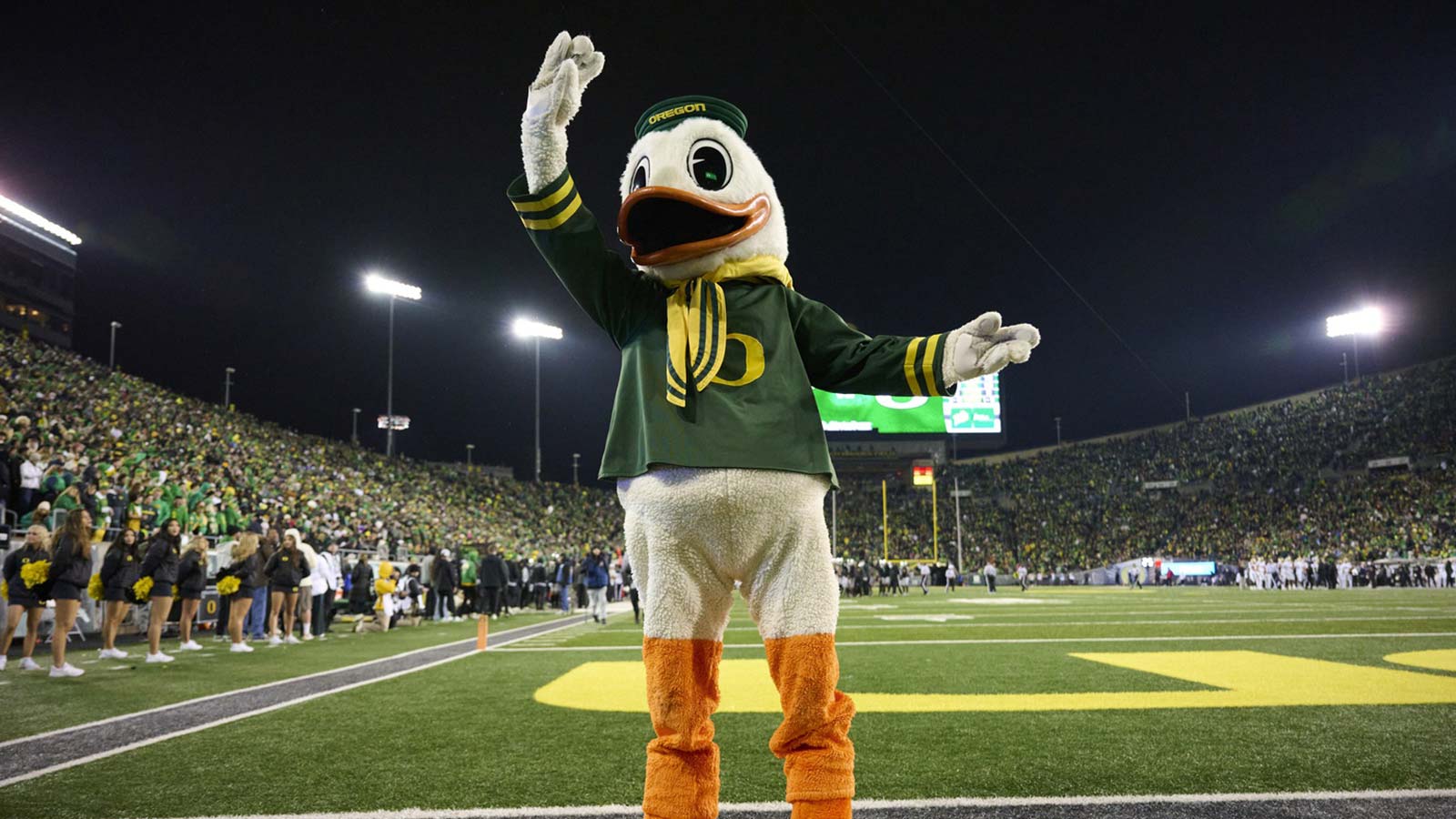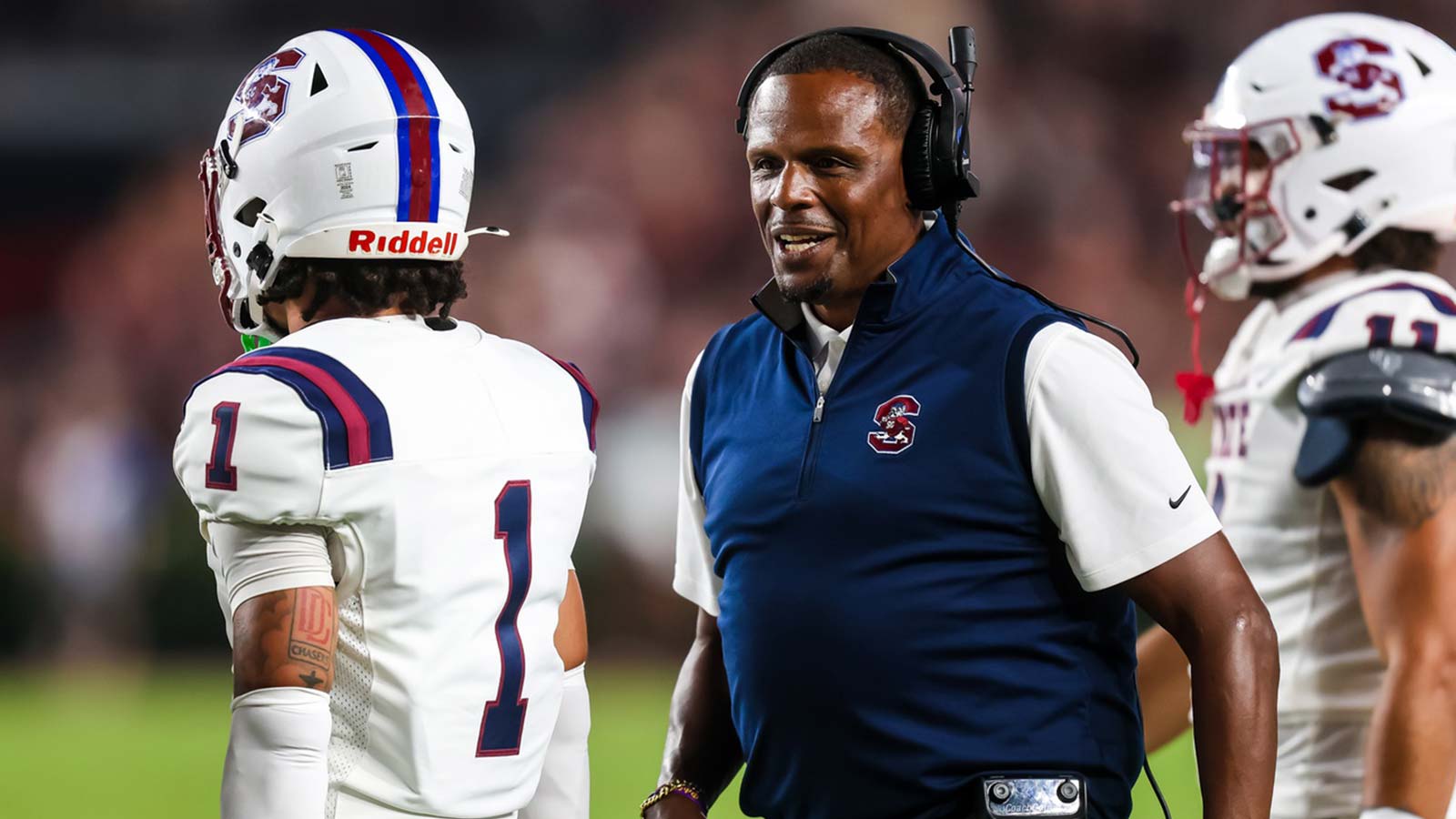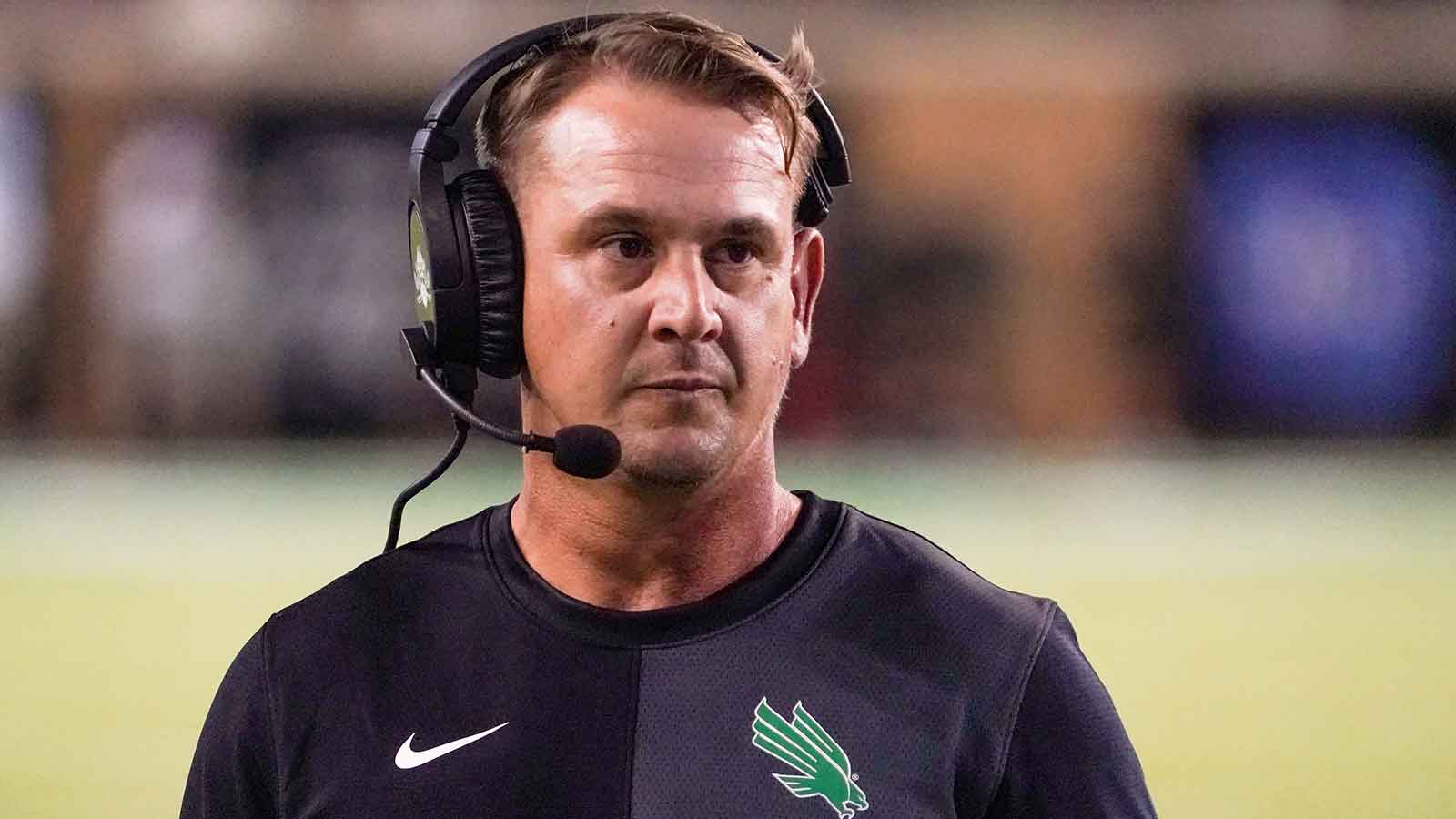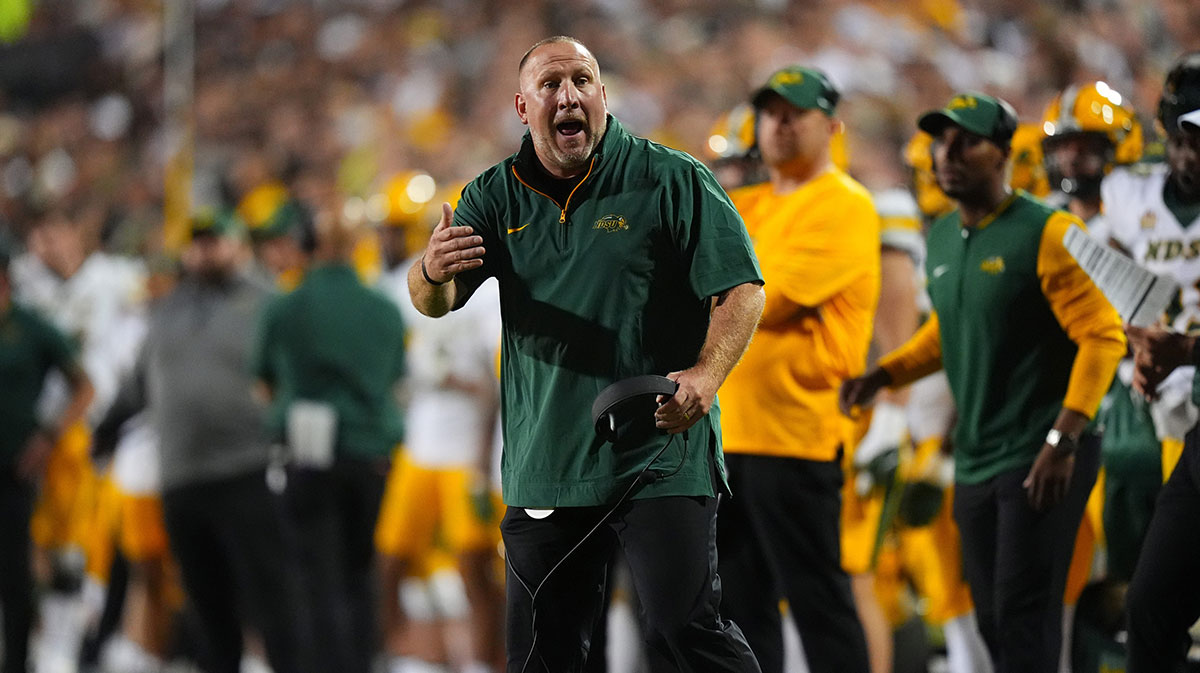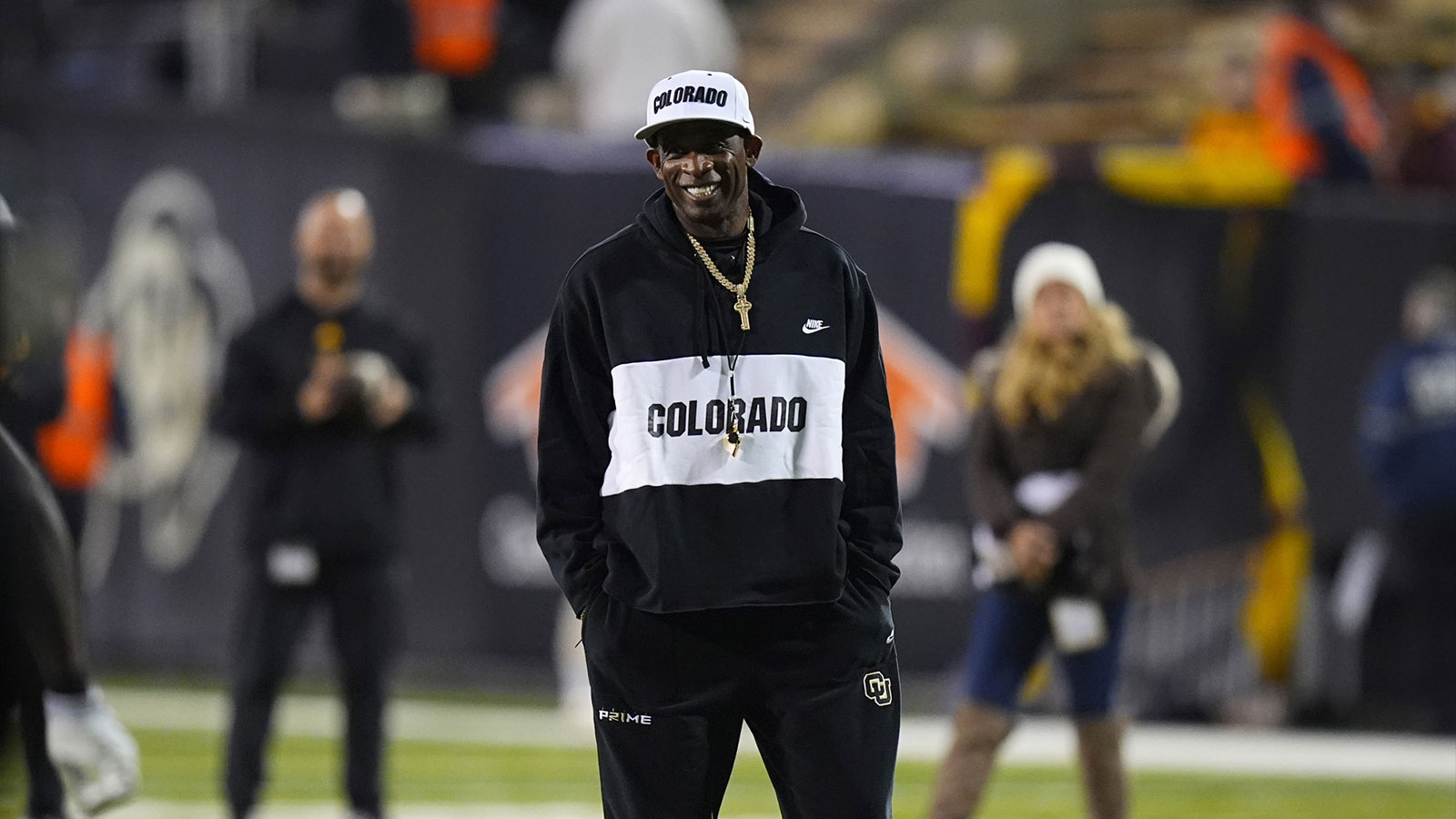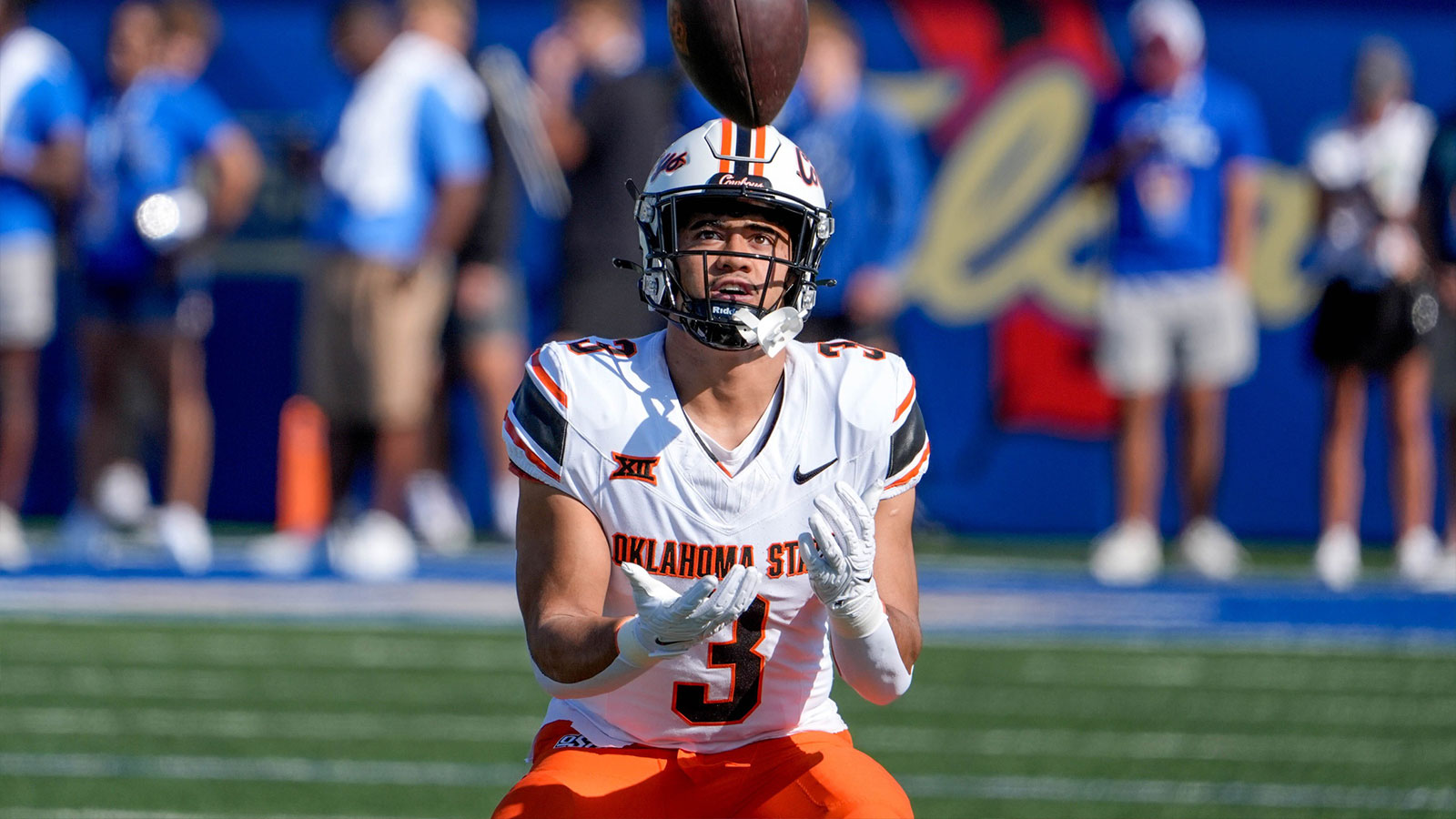As Ohio State football prepares to take on Ohio, its President is looking long ahead to something else.
On Thursday, Ohio State president Ted Carter spoke about what the future of athletics looks like regarding revenue sharing in the Big Ten, per Steve Berkowitz of USA Today.
In an interview, Carter mentioned how he didn't want the Big Ten to adopt a revenue-sharing model after the ACC.
“I don't want to get into the type of conversations that are happening inside the Big Ten,” said Carter, who began at Ohio State on Jan. 1, 2024, after four years as president of the University of Nebraska System. “I would just tell you that we're a proud member of the Big Ten, and that's where we're going to stay. We have … our own bylaws for how we do the distributions. When new members join the conference, they don't always come in at the same share, as you know. So … that's the way our media rights deals are set up. That's how we're set up for now.”
More than anything, Carter is advocating for a model that incorporates tiered distribution based on TV viewership and brand value.
“We don't have any answers,” he replied. “I will say that there's only a couple of schools that really represent the biggest brands in the Big Ten, and you can see that by the TV viewership. I mean, look what we just went through with the Texas game (Ohio State’s football season opener). … You know, 16.(6) million people watching that game over the whole game. And it peaked at 18.6 million. It's the most watched opening game in history, third-largest game ever watched in a regular season (on Fox). So, that's what happens when you put the Ohio State brand out there.”
The future of NIL at Ohio State
Last year, Ohio State generated around $325 million in revenue from athletics and operated under a surplus. In the previous three-year fiscal cycles, Ohio State athletics accumulated $262 million in operating revenues.
Ultimately, this puts into question of what NIL deals will look like at Ohio State. Essentially, Carter foresees some guardrails being put into place.
“I think that will depend on the types of rules that have to be set up for NIL and shared revenue (with athletes from the school for the use of their name, image and likeness),” he said. “I mean, that's one of the reasons we want to see those things get a little bit more under control. If those costs continue to go up, then there's risk to those types of things (the department remaining financially self-sufficient. And so that's something obviously we're paying attention to.”
Last year, Ohio State football was worth $20 million in NIL money. In June, Ohio State WR Jerimiah Smith signed a huge deal with Adidas.
In turn, he became the highest NIL paid WR in college football.



